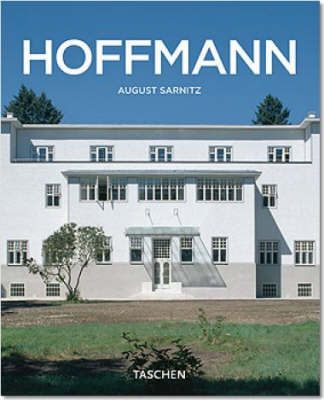The influence of the Austrian architect and designer Josef Hoffmann (1870-1956) is extraordinary: for a period of over 60 years he kept up an aesthetic dialog with Modernism, the International Style, and Art Deco. Before being rediscovered in the 1980s by the Post-Modernists, his work was nearly forgotten; now his importance is unquestioned. As a designer he was one of the leading proponents of the Wiener Werkstatte, with its close connection to the Arts and Crafts movement. As an architect, he built the first modern buildings in Europe, such as the Purkersdorf Sanatorium (1904) and the Palais Stoclet (1905-1911). Traversing several styles and schools during his lifetime, his work shows a consistent Formalism. He abandoned Functionalism long before it became obsolete. In a historic sense, Hoffmann was doubly avant-garde: in both the rise and fall of Modernism.
Every book in TASCHEN's "Basic Architecture" series features: approximately 120 images, including photographs, sketches, drawings, and floor plans; introductory essays exploring the architect's life and work, touching on family and background as well as collaborations with other architects; the most important works presented in chronological order, with descriptions of client and/or architect wishes as well as construction problems and resolutions; and, an appendix including a list of complete or selected works, biography, bibliography and a map indicating the locations of the architect's most famous buildings.
- ISBN13 9783822855911
- Publish Date 25 October 2007
- Publish Status Out of Print
- Out of Print 10 May 2017
- Publish Country DE
- Imprint Taschen GmbH
- Format Paperback
- Pages 96
- Language English
